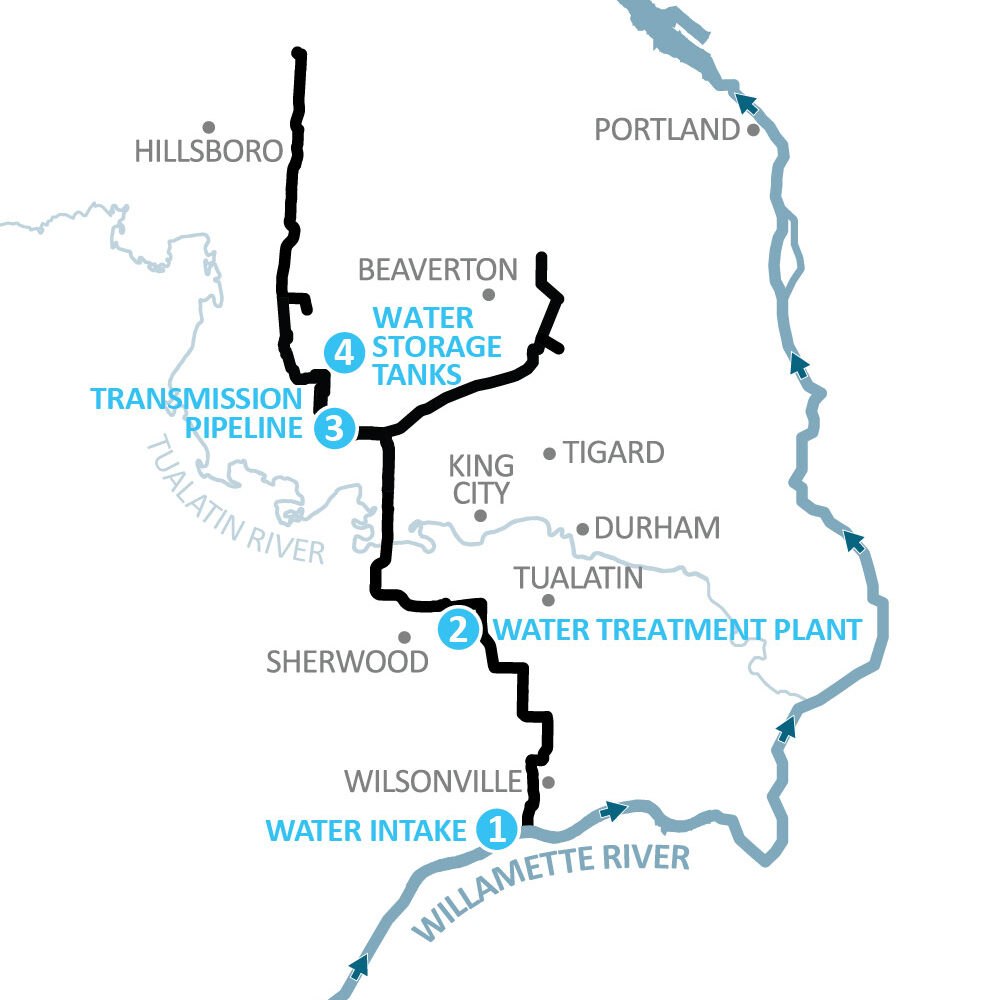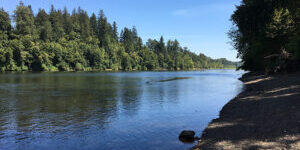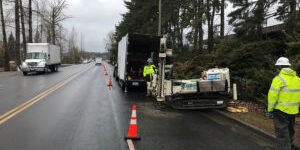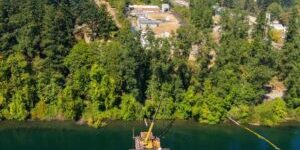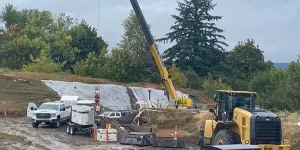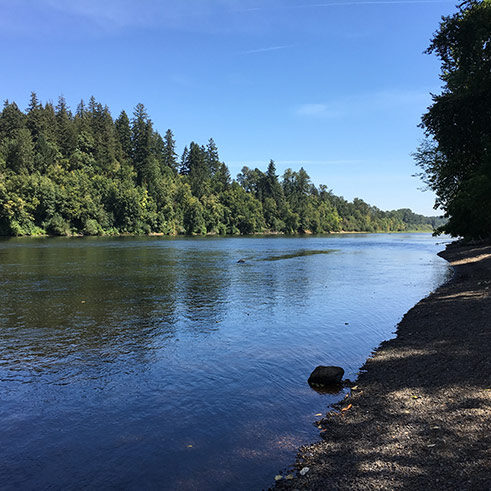
By Eric Tegethoff OPB (Oct. 26, 2015)
“We’ve got this big, deep, huge volcanic aquifer,” said Grant. “I can’t find another place on the planet that has the same kind of properties as our place does.”--U.S. Forest Service Research Hydrologist Gordon Grant
When summer began this year, signs weren’t good for water in the Willamette River Basin.
Record low snow packs had already melted, spring precipitation was well below average, and — for some cities — it had been the hottest June on record.
By the time summer was over, the Detroit Lake Reservoir had dried up to an unprecedented level. And according to the Department of Agriculture, Oregon is still experiencing severe drought.
But U.S. Forest Service Research Hydrologist Gordon Grant said the record-setting conditions haven’t stopped water from flowing to the Willamette River.
He said that river systems in states like California are struggling with drought because they rely on melting snowpacks and reservoirs.
Meanwhile, the Willamette basin has an extra leg to stand on.
“We’ve got this big, deep, huge volcanic aquifer,” said Grant. “I can’t find another place on the planet that has the same kind of properties as our place does.”
Given the conditions, which Grant said were equivalent to what we might see if the planet warmed 4 degrees, scientists had predicted the Willamette would hit record low levels.
When that wasn’t the case, hydrologists started thinking about why.
The most likely candidate was this deep volcanic aquifer.
Not much is known about the aquifer, except that it acts like a giant underground sponge seeping into the river through groundwater.
No one is sure how it will react if the drought continues either.
However, Grant said that climate change models for the region might have to take the large water supply into account.

